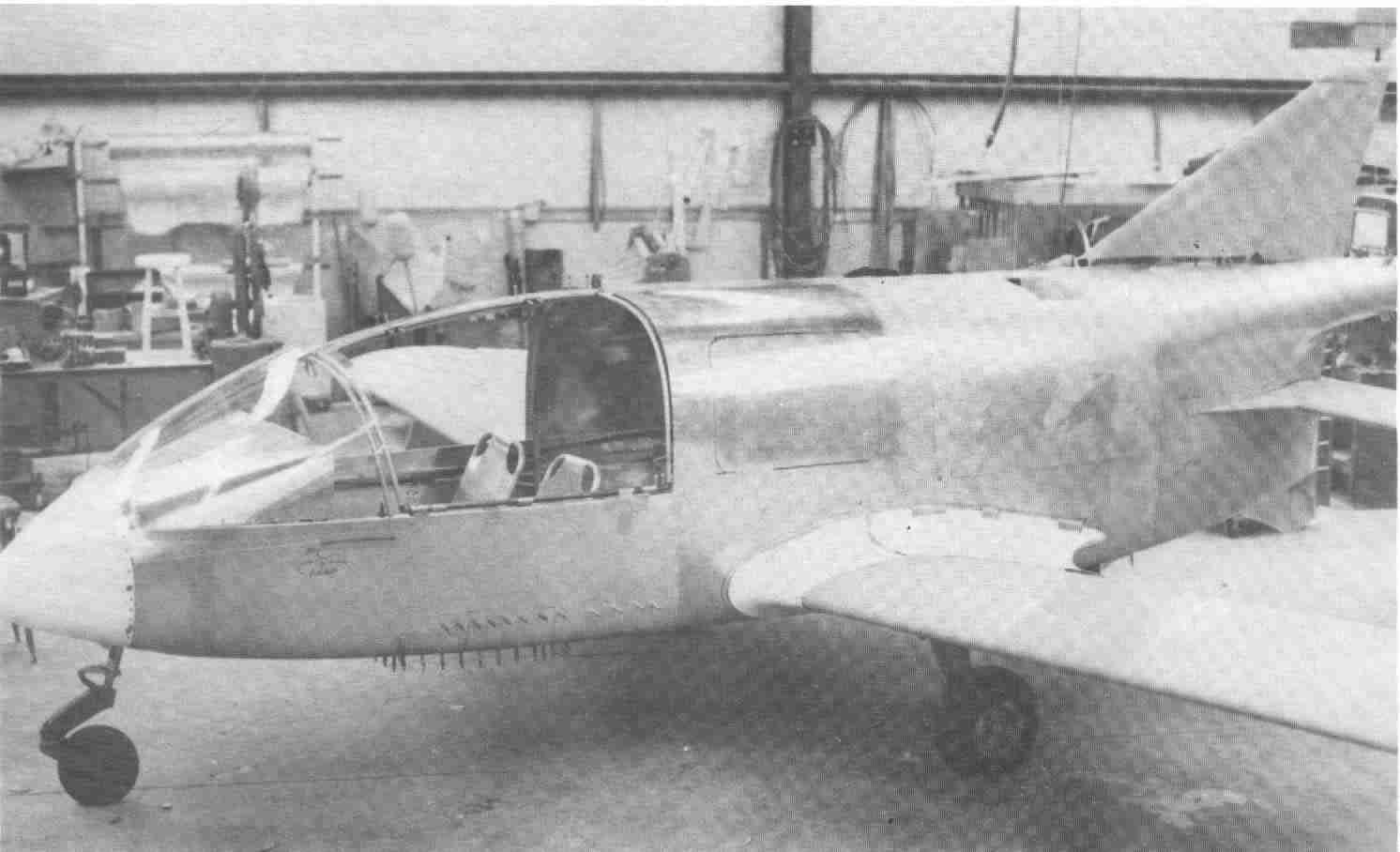
Bede Aircraft Pictures

The original BD-7 prototype at the Bede Aircraft Co. facilities (From BD News magazine, 1976). Don't those seats look like lawn chairs to you?
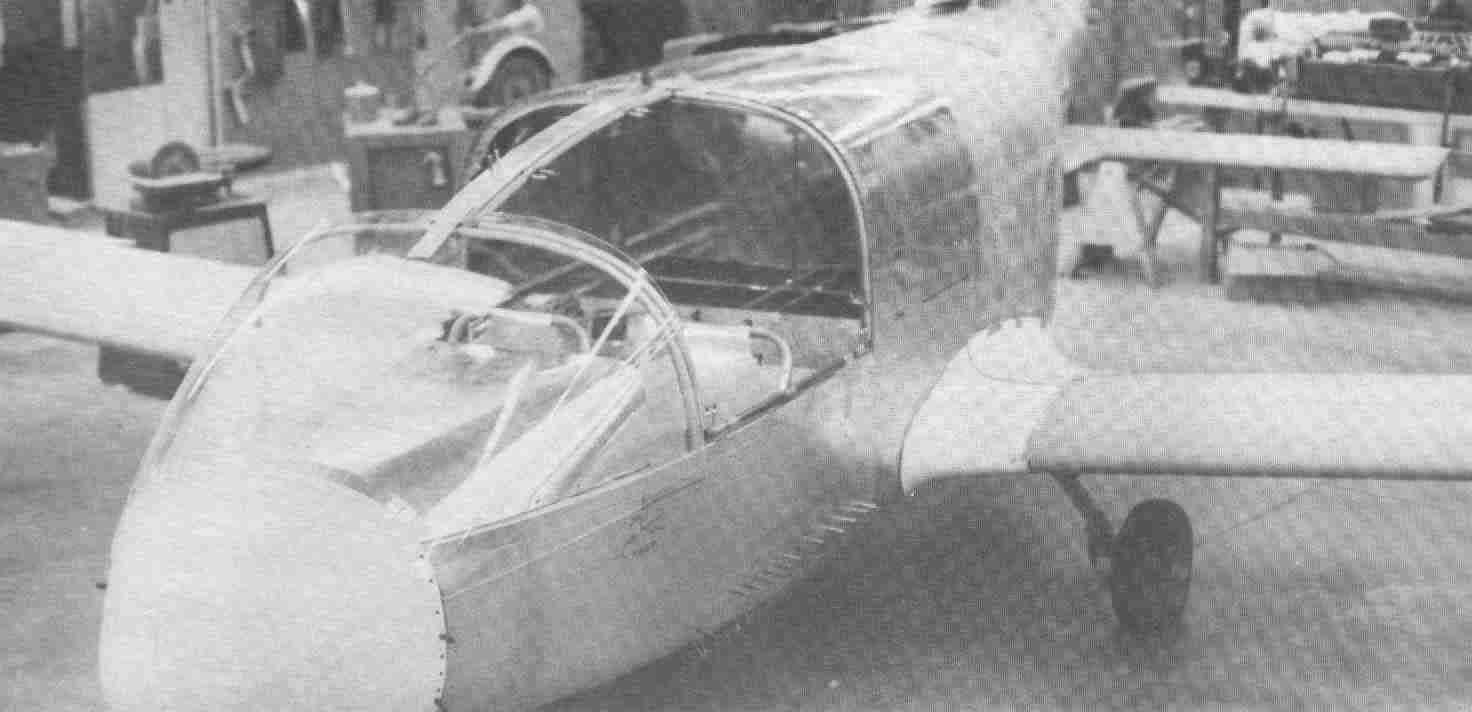
Another view of the same prototype aircraft. Look at all the plexiglass... the view from the cockpit would have been unmatched!
The BD-7 was meant to use a standard Lycoming or Continental engine, though there was some talk of two 2-cylinder, 2-cycle engines tied together as one powerplant. Certainly there was more than enough space in the design for a standard engine installation, or maybe even a medium-size turbine.
Rear view of the BD-7 fuselage, with panels in place.
Same view, but earlier in the construction process. You can see the various bulkheads, firewall, horizontal stabilizer spar (right hand half), and on the lower left hand side you can catch a glimpse of the main spar and saddle.. In fact, it's not unlike the BD-5, but it looks easier to build.
A partially constructed section of a BD-7 wing. As you can see, the chord is much larger than that of a BD-5 wing, and if you look closely you can see the fuel cap opening between the fourth and fifth far ribs. Large tanks?
Now here's something most people haven't seen -- Jim Bede's Flying Wing.
It is inflatable, and survives to this day. In fact, it was auctioned in
mid-1998.
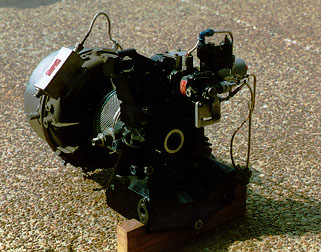
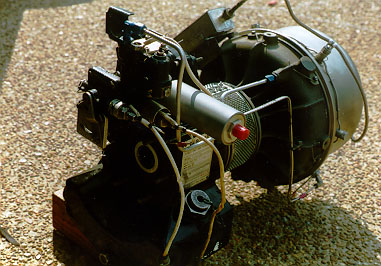
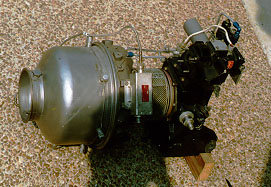
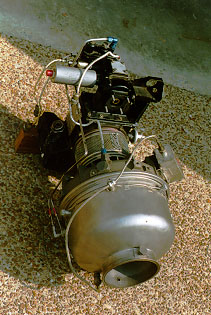
These are four images of the raw Solar Titan T62A1 turbine
engine. This is the engine which is converted to produce the 90 shp (shaft
horsepower) Quantum engine sold by BD Micro Technologies to make a BD-5TP
turboprop model. Compare this picture to the one in the BD-5 Expo Pictures
section. The modifications are extensive. You can also obtain a kit to
modify the engine yourself, but BD Micro does not recommend your undertaking
such a task on your own. The engines originally came from aircraft such
as the Boeing CH-47 medium transport helicopter used by the US Army and
other armed forces around the world. It is rated for 3,600 cycles in a
commercial (civilian) environment. In military use they are rated for 3,000
cycles. This particular engine has 314 cycles, and is offered as part of
the sale of BD-5B S/N 4626 in the Classified Section.
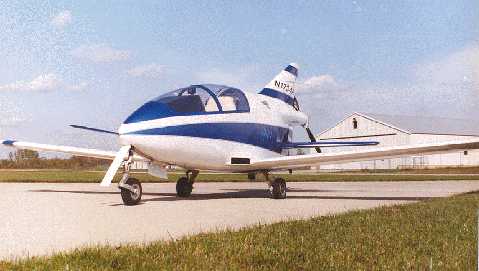
Aaron Oswald's (aaron-o@bignet.net)immaculate BD-5B
(1993 picture taken at St. Claire Int. Airport/PHN). Exterior is Imron, all
tips and scoops are fiberglass, powered by 1237cc turbocharged Honda, prop
is P-Tip Prince, 46" diameter, 57 degree pitch, with electrically-actuated
flaps!
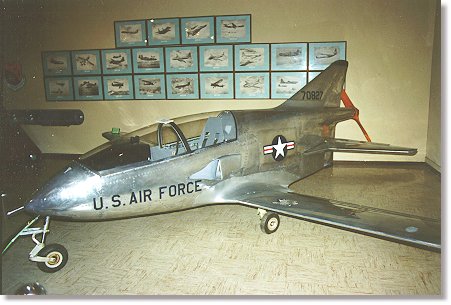
This BD-5B was at one time reported to be on display at what was then the
March Air Force Base Museum. That museum has since closed, relocated to another
part of the property and is now known as the March
Field Air Museum. Richard Weaver, administrative associate at the Museum,
wrote to us on 8/31/06 and said no one
at the museum could find any record of the aircraft ever having been there.
If someone knows what happened to this bird and where it is currently stored
or on display, I
would surely appreciate knowing about it.
The owner of this aircraft sent me an email May 24, 2009, to tell me he had found this page by accident and wanted to fill me in on the details.
It was built by Bruce "Spike" Benyshek; an Air Force and United Airlines pilot. The kit was a Bede Micro jig-drilled stretch, built for a turbo-Honda. Other than the jig-drilling, no work had been done prior. Bruce built the airplane in a basement while he was a student at San Jose State in California, with some help from another ROTC cadet. Most work was finished, including the drive system, between 1979-1982.
When he graduated and went to Air Force pilot training, it was displayed in a small museum at Mather AFB in Sacramento, from 1983-1984. Bruce was assigned to southern California next and worked on the airplane in his spare time from 1985-1988. He was then assigned to Germany. Looking for a place to store the airplane, the curator of the March AFB museum was interested, since Edwards AFB had flown three BD-5Js in 1974. The airplane was made to look "Air Force," even though the -5Js used at Edwards did not use this livery.
The prop-hub was painted black, and no prop was installed---to complete the 'jet' illusion. (The NACA-scoops on the sides of the fuselage are for the radiator.) The airplane was displayed at March from April 1988 until some time in 1992.
The original curator retired, and the new curator didn't want the airplane. It was moved to a friend's hangar in Redlands from 1992-1994, when Bruce returned from Germany. He says he has no idea who put the propellor on the plane, or where it went! He has had little time to work on it since, but is now considering finishing it. It needs engine installation, wiring, and instument hook-up. A Honda engine and mount is already in-place, but he is considering using a lighter engine. And now you know the rest of the story. :)
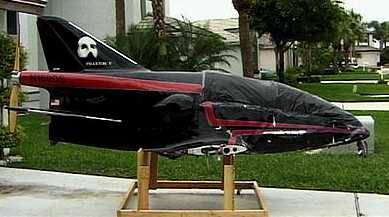
This BD-5 landed just a bit too hard on the nose.
It's for sale. $1500. Winter project? Sorry,
it's been sold!
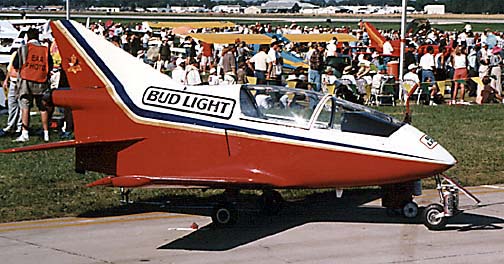
The
Bud Light BD-5 Jet at Oshkosh '97
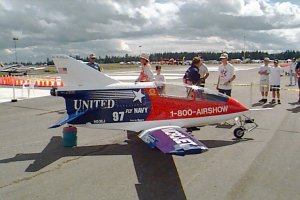
Dave "Hammer" Harris' highly modified BD-5J at the Arlington '97
airshow. This aircraft is was for sale at $250,000 including a spare
certified TRS-18 Microturbo engine. Contact hammerjet@aol.com.
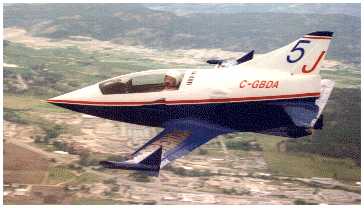
BD-5J Pure Jet, Highly modified with Allison 250 engine (the exhaust
is under the horizontal stabilator!) It is registered in Canada, does 250
mph cruise and is for sale for $80,000. For more info, email:
kdanchuk@infoquik.com
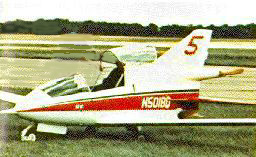
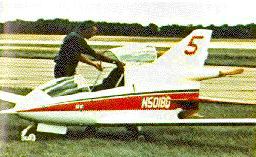
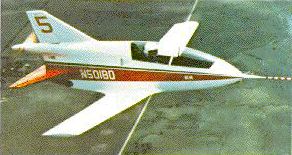
This BD-5B is prop-driven, one of the first prototypes, using either
the Hirth or Kiekhaefer engines. The picture on the right gives you a pretty
good idea of the small size of the BD-5. If you look closely, you'll notice
that the picture on the left is the same as on the right, retouched to
remove the man standing next to the plane. The third picture is of the
same aircraft in flight.
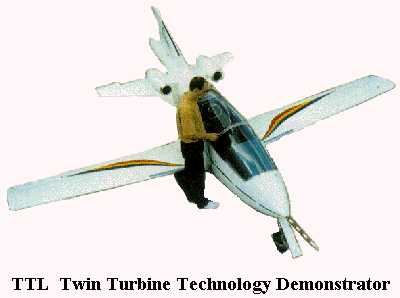
Turbine Technologies Inc. did this outrageously good-looking modification
to a BD-5 to install two of their TF45 geared fan turbine engines. This
is their technology demonstrator. The engines only produce 40 lbs of thrust,
not enough to fly, but it sure does look good. They can be reached at turbtech@discover-net.net,
but they are not planning to sell their engines to the homebuilt market.
The modifications were done entirely in-house. In fact, they did once ask
that anyone with an interest in this type of engine for the BD-5 contact
them, to gage public interest. Less than a dozen people did so, and nothing
was ever done.
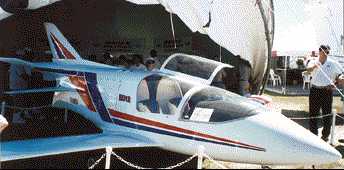
Bede Aircraft's BD-12. Looks a lot like the BD-5, doesn't it? I
don't know how many of these are flying. If anyone has more information
on this aircraft, I'd love to hear from you.
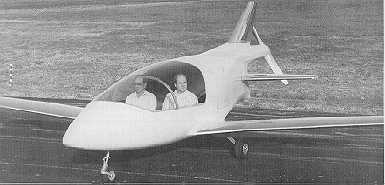
This is a mockup of the same aircraft pictured above, the BD-12.
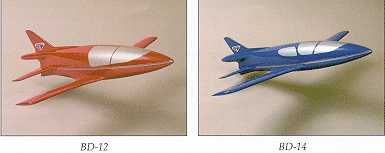
A side-by-side comparison of artist's renderings of the BD-12 and
BD-14.
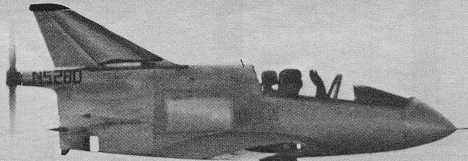

The first picture above is the original BD-5 on a test flight.
The second picture is modified to show a conceptual stretch modification
to the BD-5 to add space for more fuel and baggage. To my knowledge no
such modification has actually been attempted, nor should it be, in my
opinion.
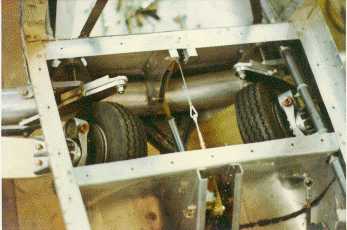
This is a top-down view of the BD-5's main gear compartment, with
the main gear retracted. Notice the very small disk brakes on the wheels.
The large tube just aft of the wheels is the center spar; the cable running
in between the wheels to the rear of the aircraft is the flap control cable.

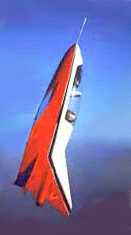
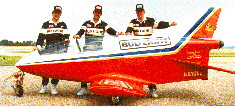
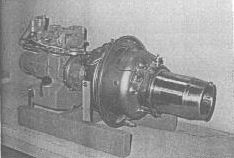
The Bud
Light Air Force BD-5 Jet, a modified version of the
BD-5J that visited Puerto Rico some time ago. The aircraft originally used
the French-made TRS18 turbojet engine. The lower picture is the new T300
jet engine for the BD-5J. This engine produces a maximum of 300 lbs of
thrust and sucks up the entire contents of the standard fuel tanks in 45
minutes (the Bud Light model has a full wet-wing design for larger fuel
capacity).
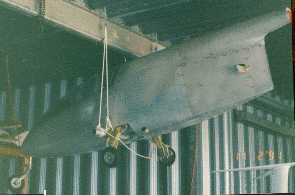
A completed BD-5 fuselage, on its wheeels, probably awaiting construction
of the wings and other components.
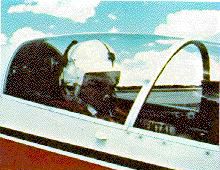
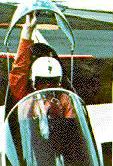
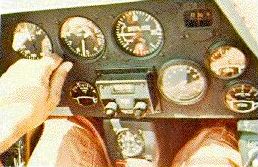
Three views of the BD-5 during flight testing. Left is the
test pilot in the cockpit, center is the test pilot in the cockpit and
about to close the canopy, right is the BD-5 panel (minimum VFR).
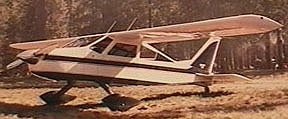
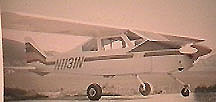
A couple of pics of the BD-4, another Jim Bede product designed
originally introduced in 1969. As you can see, the aircraft was available
in tricycle and conventional gear versions. Many of these are still flying!
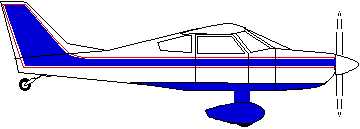
Another pic of the BD-4, this time an engineering drawing, in profile.
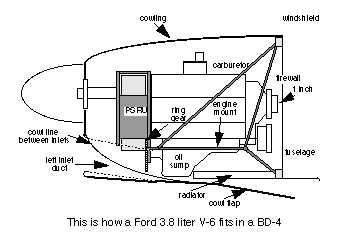
This drawing shows, in very general terms, how to install a Ford
3.8 liter V6 into the engine compartment of a BD-4.